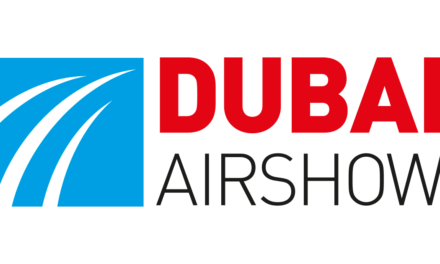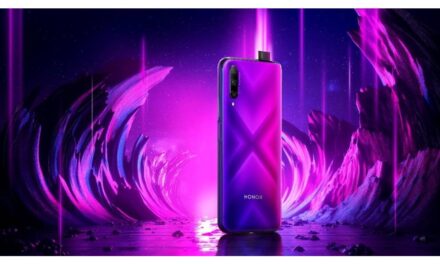
Bots answer over 62% of customer queries satisfactorily in a post-Covid world, reveals Verloop.io study

DUBAI, United Arab Emirates, November 19, 2020, (AETOSWire): Bots have been satisfactorily answering 62 percent of customer queries in the e-commerce industry, reveals a new study conducted by the world’s leading customer support automation platform Verloop.io. This study becomes significant as it highlights the steady growth in the number of online transactions since the emergence of Covid in the world.
The survey analyzed 1.8 million queries from 35 brands across the Middle East, South-East Asia and India to understand the average metrics that an e-commerce company should monitor to provide the required quality of customer service.

Commenting on the study results, Gaurav Singh, Founder & CEO of Verloop.io, said, “Consumers will no longer tolerate sub-par digital support experiences as they may have before the crisis. Retailers have to ensure their brand is ready to provide consistent, instant, and accurate support experiences across devices and channels. Automation is providing customer support teams with the ability to handle large numbers of queries in accelerated time.”
“Most e-commerce companies have been shifting to bots to complete orders and handle the myriad customer queries they receive. E-commerce companies are dealing with impatient customers who demand service response as soon as possible,” he added.
One such metric is Bot Deflection Rate, which is the rate that automated and self-help resources satisfy service demand (measured in the number of chats) that would otherwise require human intervention. This includes cases of cancellation, refunds, shipment, cancel status requests, and more.
Bot Deflection Rate
(number of chats)
| Category | Pre-COVID (January to March) | Post-COVID (April to September) |
| Fashion & Beauty | 47% | 60% |
| Marketplace | 54% | 65% |
| Apparel | 59% | 66% |
The research paper by Verloop.io also points out that the average handling time of queries has also come down across the e-commerce industry; however, as indicated below, the most drastic change is observed in the fashion and beauty industry where the average handling time came down to 26 minutes after the pandemic, as compared to 131 minutes earlier.
Average Handling Time (AHT)
(in minutes)
| Category | Pre-COVID (January to March) | Post-COVID (April to September) |
| Fashion & Beauty | 131 | 26 |
| Marketplace | 76 | 26 |
| Apparel | 137 | 89 |
As a result of improved time and efforts spent on responding to customer queries, another benchmark referred to as Customer Satisfaction Score (CSAT) has gone up in the post-Covid world.
“CSAT helps determine a customer’s level of satisfaction at key interaction times, such as the moment of purchase, the onboarding process, a support ticket exchange, and a phone or digital conversation with customer service,” the research report said. The average CSAT scores across the e-commerce industry are at 4.18, as per the detailed internal research by Verloop.io.
Customer Satisfaction Score (CSAT)
| Category | Pre-COVID (January to March) | Post-COVID (April to September) |
| Fashion & Beauty | 2.7 | 4.2 |
| Marketplace | 3.13 | 4.6 |
| Apparel | 2.9 | 4.1 |
As per the research report, several automated processes can improve all the benchmarks, as mentioned above, even more effectively.
- Proactive Omnichannel Support: Presence across multiple channels, be it WhatsApp, Web, Facebook, or In-App, to continually engage with customers.
- Personalized and Quick Replies: E-commerce companies should Invest in building a unified customer profile their agents and bots can pull data instantly and provide accurate responses.
- Seamless HandOver: Bots cannot solve all queries; hence e-commerce companies should build support systems that can leverage the best of AI and combine it with human agents to handle complex queries.
- Supervised and Unsupervised Learning: NLP powered automation improves vocabulary that can help chatbots understand complex customer intent through supervised and unsupervised learning.
- Build-For-Intent Detection: Automation should be developed for broad intent coverage. A bot that can answer only a specialized set of questions will need to escalate to a human agent much more often.
Verloop.io enables businesses to automate customer support across channels and has processed over two billion queries from customers across its clients, with over 100 million unique users with a 92 percent support query deflection and can automate up to 60 percent within 30 days. The startup company has grown by 200 percent (ARR) over the last two years.
















































